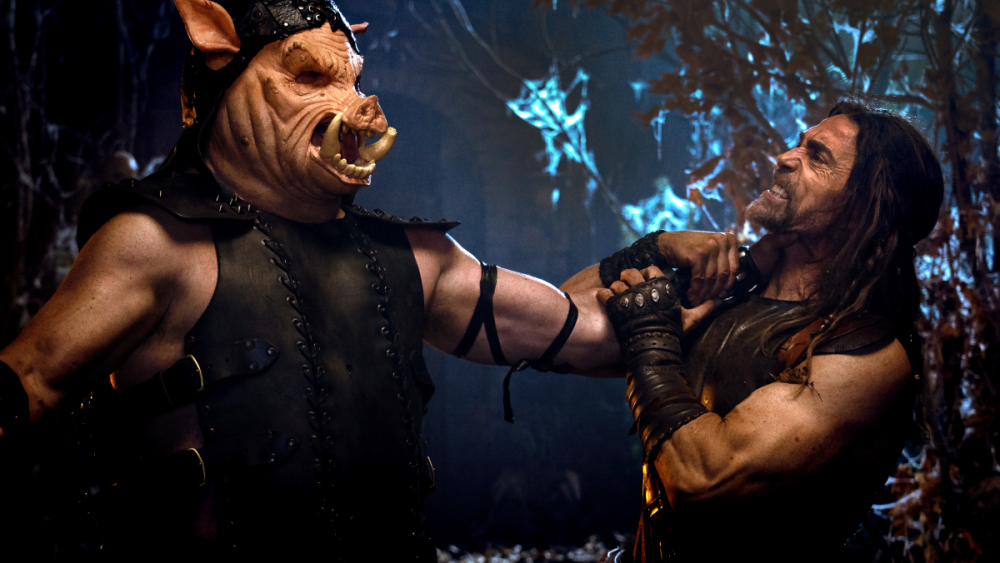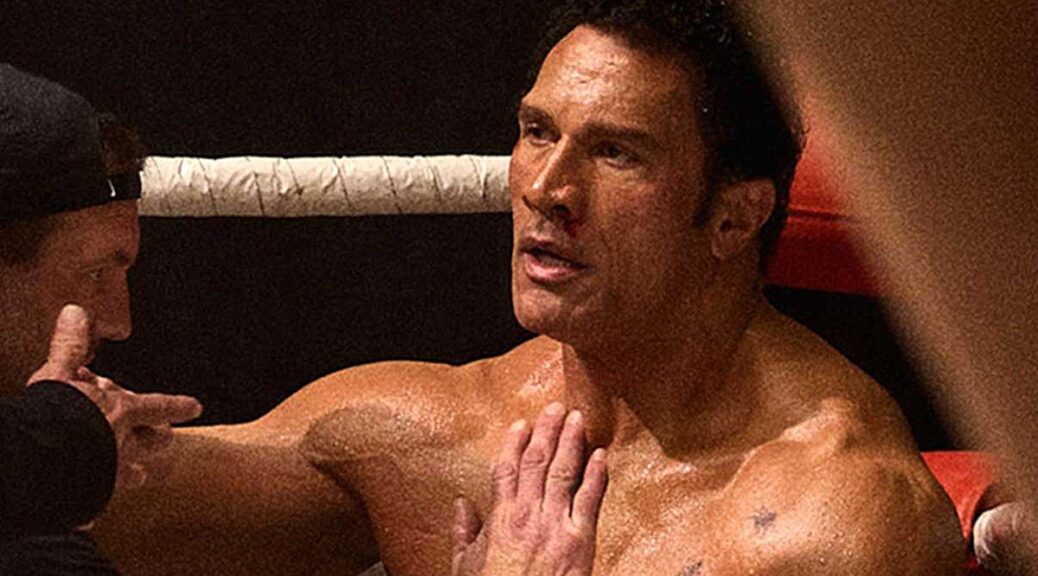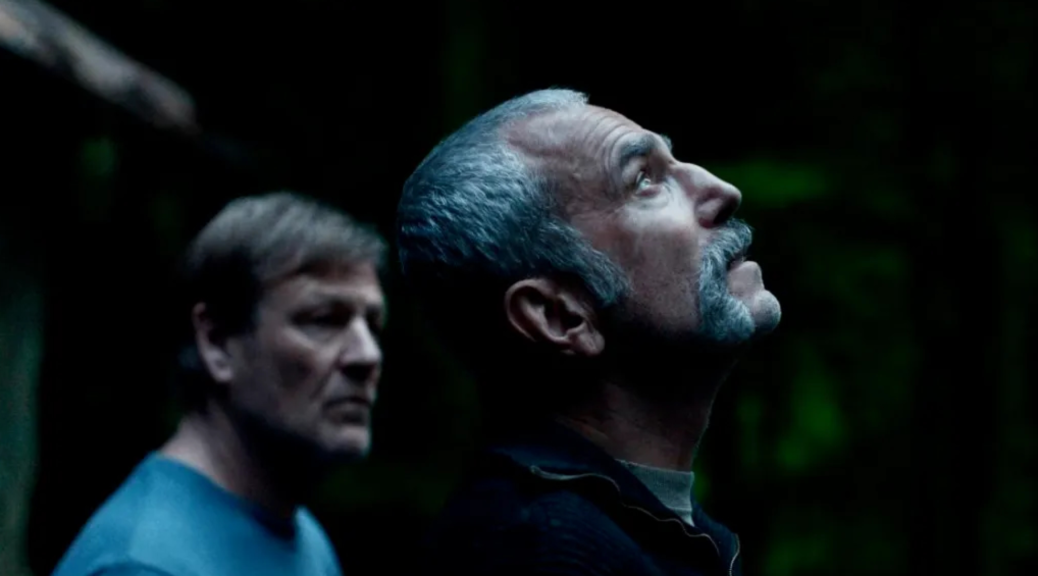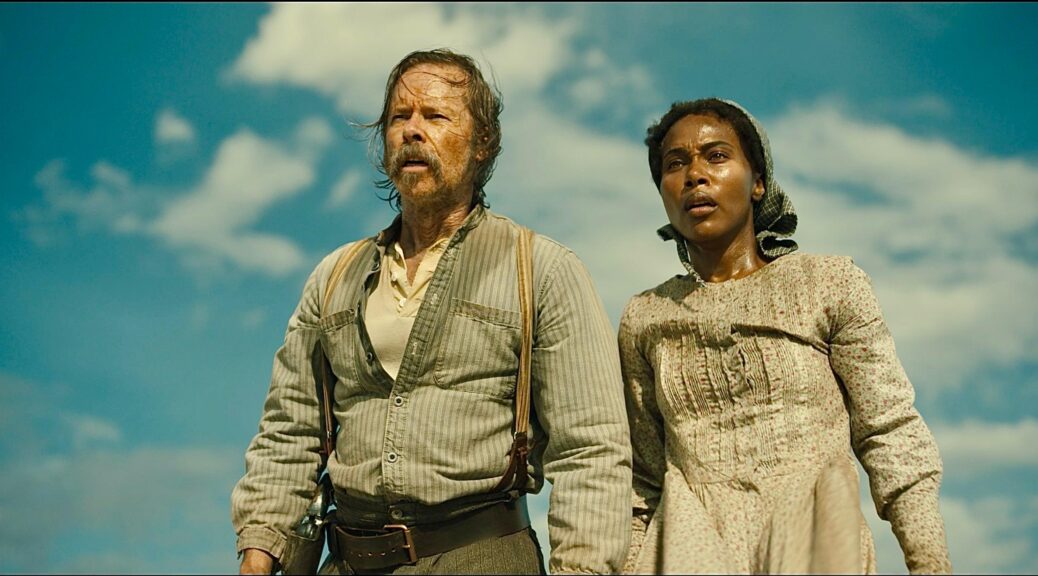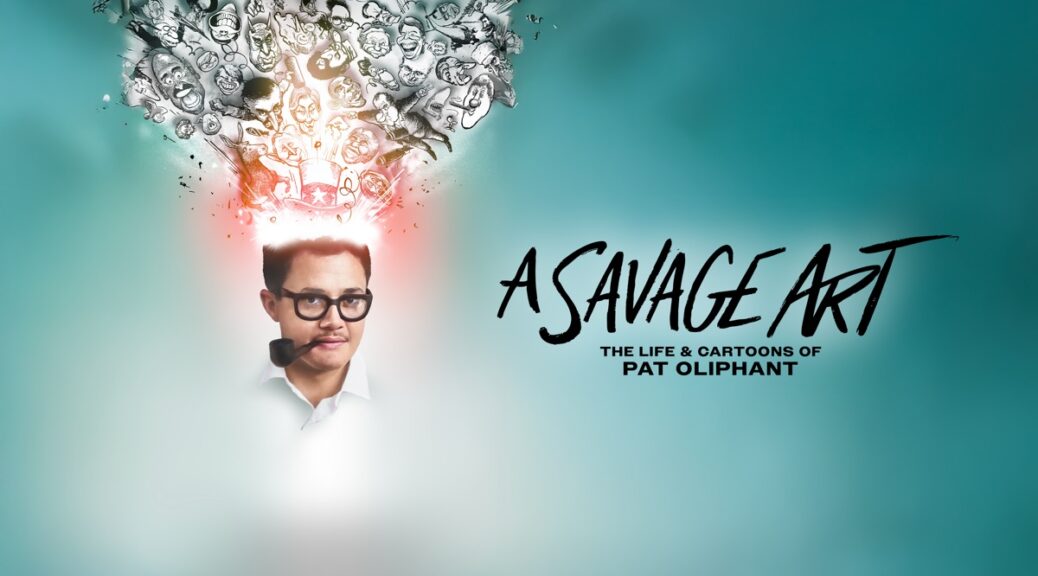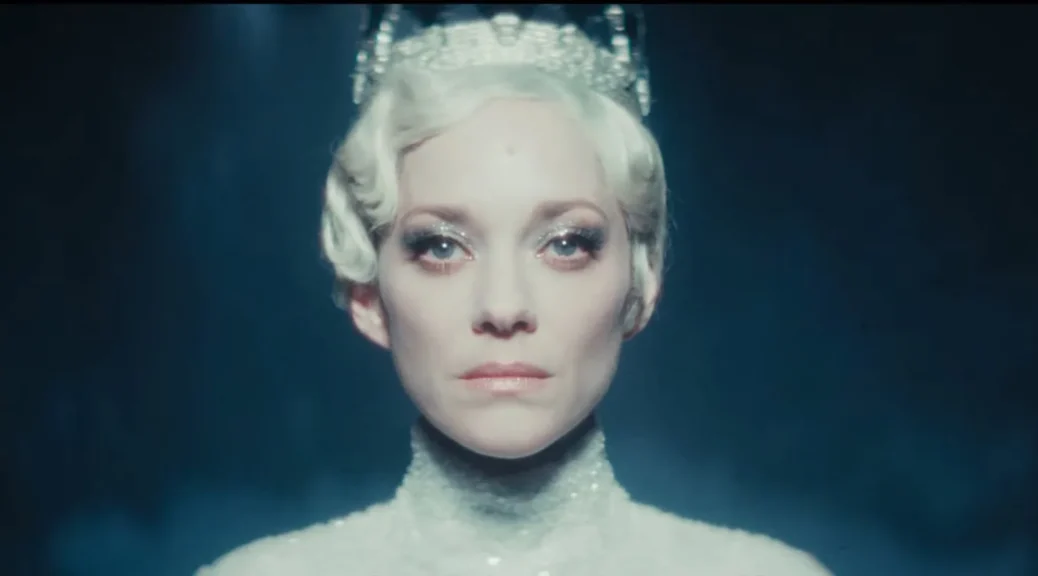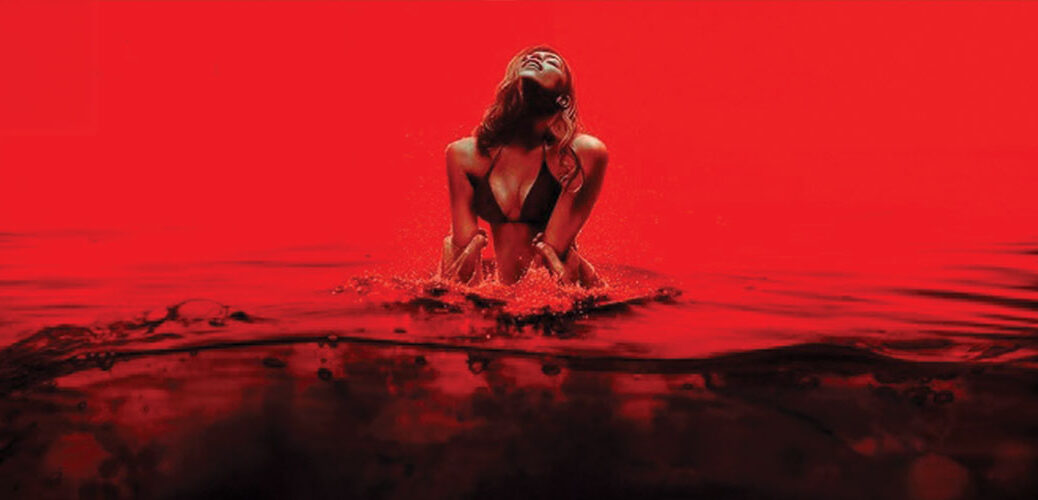Deathstalker
by Hope Madden
From the Saturday morning lunacy of Psycho Goreman to the puppet chaos of Frankie Freako, Steven Kostanski has mastered the art of recreating the most ridiculous entertainments of Eighties youngsters. He wasn’t always this way. His 2016 film The Void was an outright, non-satirical horror, and it was great, kind of Halloween 2 by way of H.P. Lovecraft.
But Manborg (2011) and Father’s Day (also 2011) suggested early that Kostanski’s heart is with silly, juvenile retoolings of the crap we watched as kids in the 80s.
His latest, Deathstalker, is another reminder of how we wasted our mornings, middays and late nights. A loose and intentionally silly remake of the 1983 Barbi Benton vehicle, Deathstalker returns to a time when special fx were ludicrous, costumes were Spirit Halloween level authentic, and drama was high.
Like any of those earnest swords and sorcery fantasies, there’s a barely clothed and begrudging hero, a magical sidekick mainly there for exposition and comic relief, and a young one to mentor and learn from.
And, again, really bad masks and Halloween decorations.
Our reluctant hero is the titular Deathstalker, played by longtime action character actor Daniel Bernhardt, who’s played a soldier/assassin/villainous athlete in everything from Bloodsport 2 throughand Nobody 1 & 2.
His soldiering behind him, Deathstalker contents himself with scavenging from dead knights fighting an unholy army. But an amulet he takes from one not-quite-dead knight compels him on a journey to save the universe from endless darkness and torment.
Naturally, he’ll need the help of a wizard who can translate the runes on the amulet and explain long lost history and curses and what not. Doodad’s the name, voiced by Patton Oswalt and performed by Laurie Field. The diminutive wizard is a perfect ode, but two wheels is hardly enough. A brash young upstart is required, and Brisbayne (Christina Orjalo) fits the bill.
Kostanski’s touch is so spot on, and his chosen subgenre is so ridiculous to begin with, that you may forget this is a spoof, or at least a fun romp. His work is too loving to be truly spoof, but there’s little room in this type of film to go over-the-top with anything. There’s no top. Even for all its wild nonsense, Deathstalker could pass for an honest reboot rather than a comedic retooling.
Nothing will ever match Psycho Goreman for inspired lunacy. Deathstalker certainly doesn’t, but it definitely offers a bit of fun.
